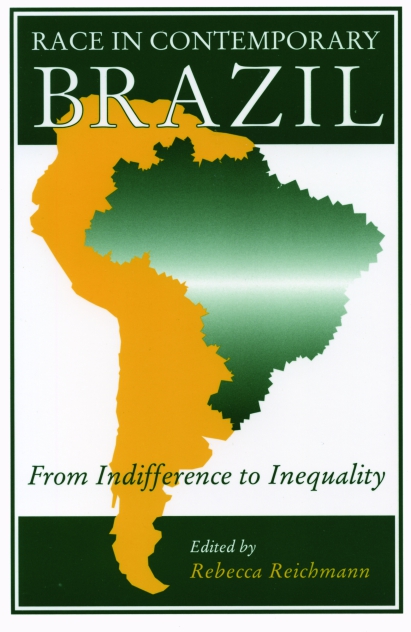Census Bureau may count Arab-Americans for the first time in 2020
PBS NewsHour
Public Broadcasting System
2015-01-30
Jeff Karoub, Reporter
The Associated Press
DETROIT — The federal government is considering allowing those of Middle Eastern and North African descent to identify as such on the next 10-year Census, which could give Arab-Americans and other affected groups greater political clout and access to public funding, among other things.
The U.S. Census Bureau will test the new Middle East-North Africa (MENA) classification for possible inclusion on the 2020 Census if it gets enough positive feedback about the proposed change by Sunday, when the public comment period ends.
Arab-Americans, who make up the majority of those who would be covered by the MENA classification, have previously been classified by default as white on the Census, which helps determine congressional district boundaries and how billions of dollars in federal funding are allocated, among other things.
Those pushing for the MENA classification say it would more fully and accurately count them, thus increasing their visibility and influence among policymakers.
The Census Bureau plans to test it later this year by holding focus group discussions with people who would be affected by the proposed change. Congress would still have to sign off on the proposal before the change could be added to the 2020 Census…
Read the entire article here.


